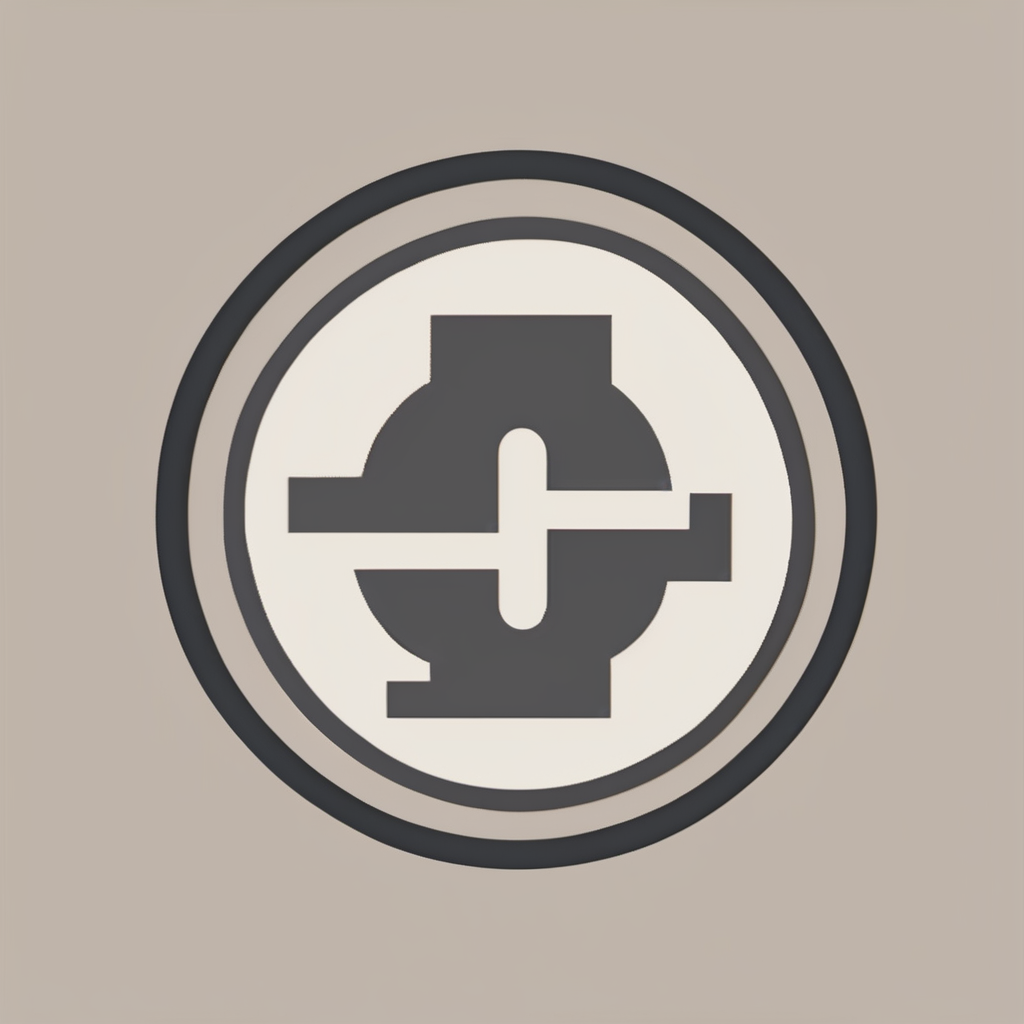Comparative Overview of UK Pet Care Costs Versus Other Countries
Understanding how UK pet care costs stack up internationally provides valuable insight for pet owners looking to manage expenses wisely. On average, the UK sees moderate spending on pet care relative to other developed countries. For instance, veterinary bills in the UK tend to be lower than those in the US but higher than in Germany and Japan.
International pet care expense comparison reveals that Australia and the US often report the highest overall pet care costs, especially due to more expensive veterinary services and insurance premiums. By contrast, countries like Germany and Japan typically feature lower grooming and routine care fees. These differences arise partly due to variations in healthcare infrastructure and market pricing.
Also to read : What Are the Most Common Misconceptions About Pet Health in the UK?
To illustrate these disparities, charts often display average annual expenditures by country, highlighting that the UK occupies a middle ground globally. For example, UK pet owners might spend around £1,000 yearly on essentials, while US counterparts often exceed this amount due to premium services. This global pet care statistics approach helps owners anticipate costs when relocating or importing pets and identifies areas where the UK can optimize affordability.
In short, the UK’s pet care costs are competitive but reflect unique economic and regulatory environments impacting fees compared internationally.
In the same genre : How Can You Ensure Your Pet’s Safety During UK Heatwaves?
Breakdown of Pet Care Expenses by Category
Pet care costs break down into several key categories: veterinary bills, pet food, insurance premiums, and grooming expenses. Each contributes differently to the overall expense profile for UK pet owners compared to global averages.
In the UK, veterinary bills generally form the largest share of pet care costs. Recent analyses show average UK vet bills hover around £200 to £300 annually, which is moderate compared to higher fees in the US and Australia but above rates seen in Germany and Japan. This difference is influenced by medical standards and labor costs within each country.
Pet food costs in the UK are fairly consistent with global pricing trends, with quality and specialized diets impacting expenses. UK owners spend roughly £400 to £500 yearly on pet food, a figure comparable to many Western countries. Variations arise due to local market supply and pet size preferences.
Insurance premiums form another significant component. The UK market exhibits moderate insurance costs relative to US counterparts, where premiums can be substantially higher, driven by broader coverage plans. Grooming expenses in the UK usually fall between those in Japan, where grooming is less costly, and Australia, where services command premium prices.
Understanding these categories is essential for managing pet care cost breakdown effectively within the UK context and offers perspective through UK vs global vet bills and overall pet care spending comparisons.
Pet Care Cost Analysis by Type of Animal
Pet care costs vary significantly by animal type, with dog care costs comparison showing the highest expenses overall. In the UK, dogs typically demand larger food quantities, more frequent veterinary visits, and specialized grooming, driving costs above those for cats or small pets. For example, the average annual dog healthcare and maintenance can exceed £1,200, substantially higher than for cats.
Cat care cost analysis reveals lower veterinary and food expenditures, averaging around £700 per year in the UK. Cats generally need less grooming and fewer specialist products, although some owners may opt for premium nutrition, influencing expenses. Internationally, these trends persist; dog upkeep remains costlier in markets like the US and Australia, while smaller pets such as rabbits or hamsters incur notably lower overall expenses.
Small pet expenses internationally also reflect these patterns. While the UK sees moderate costs for small animals, some countries offer veterinary services at reduced prices, influencing total care costs. Trends show rising investment in preventive care and premium diets across all pet types, pushing average expenses higher. Understanding these variations assists owners in budgeting and highlights the economic diversity in pet care needs globally.
Key Factors Influencing Pet Care Cost Differences
Understanding factors affecting pet care prices sheds light on why costs differ between countries. One major determinant is the structure of local veterinary healthcare systems. For example, the UK’s regulated veterinary market often results in more standardized fees compared to the more privatized and costly US system. Additionally, pet healthcare regulations influence service availability, licensing, and pricing controls, significantly impacting overall expenses.
Another critical influence comes from pet insurance policies and coverage levels. In markets where insurance is common and comprehensive, such as in the US and Australia, pet owners often experience higher premiums but potentially lower out-of-pocket costs for emergencies. In contrast, UK pet insurance tends to offer moderate coverage, balancing premiums with typical veterinary fees. This interplay shapes both owner decisions and industry pricing.
Cultural practices and pet ownership trends also play roles. Countries with a stronger emphasis on preventive care or premium grooming may see elevated service costs. For example, grooming expenses in Australia and the US often surpass those in the UK due to consumer demand for specialized services. Similarly, high pet ownership rates and urban living conditions lead to increased veterinary visits, influencing price structures. Recognizing these cost determinants in pet care helps explain the diverse expense profiles seen internationally.
Reliable Data Sources and Methodology for Pet Care Comparisons
Accurate pet care statistics sources are essential for valid international and UK pet care cost comparisons. Key research on pet expenses typically relies on government reports, veterinary associations, and independent market analyses to gather comprehensive data. These sources ensure credibility by using standardized collection methods and large representative samples.
Recent studies employ a mix of surveys, financial records, and insurance claim data to capture expenses across veterinary bills, insurance premiums, pet food costs, and grooming expenses. This multi-source approach helps address biases and improve reliability. For example, national pet health surveys combined with pet insurance databases provide detailed insights into annual spending patterns.
To compare UK pet care costs against other countries, researchers apply normalization techniques adjusting for currency differences, inflation, and local economic conditions. This standardization allows fair assessment despite variations in healthcare systems and pricing structures.
The compilation and analysis process involves creating index values and cost breakdown charts, which visually present differences across nations clearly and accurately. Such visual tools enhance understanding of complex datasets and highlight key trends.
In summary, trustworthy pet cost data arises from rigorous methodology, diverse data sources, and transparent analysis practices. This foundation supports meaningful cross-border pet care expense evaluations and informs owners and policymakers alike.








